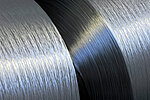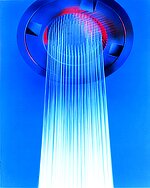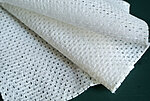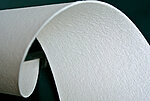Innovative and versatile: fibres and filaments for technical textiles
Trevira is intensifying its activities in the field of technical textiles. This year the fibre and filament producer will not only be appearing again in June at the Technical Fair in Frankfurt, but, for the first time, also in March at Techtextil North America in Anaheim (California/USA), and at Textile Solutions, set to take place in April as part of the Hannover fair. The Trevira programme covers fibres (including bicomponent fibres) in polyester and PLA (Ingeo™), flame retardant and other special fibres and yarns in polyester, standard and spun-dyed filaments, as well as microfilament and hybrid yarns.




